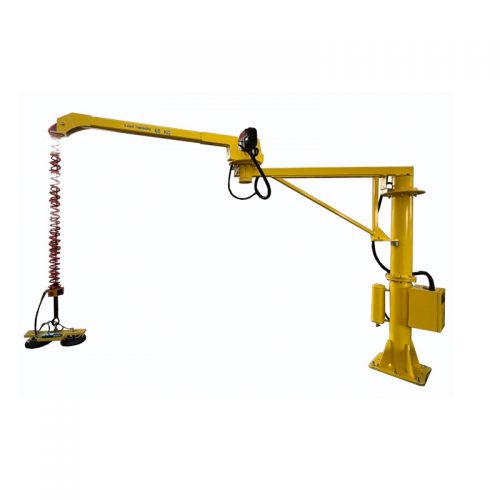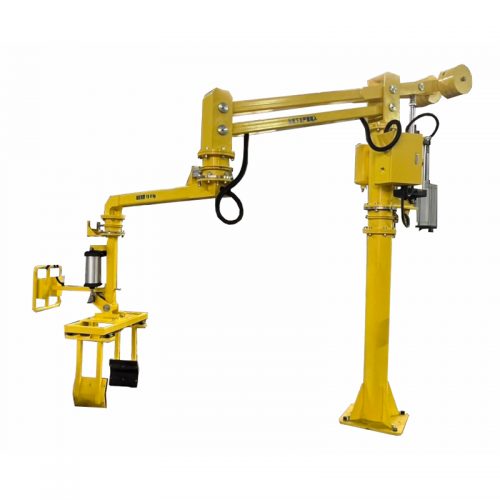Pneumatic handling manipulators and electric hoists are both equipment used for handling heavy objects, but there are significant differences in their working principles, scope of application, and characteristics.
Working principle
Pneumatic handling manipulator: Uses compressed air as a power source to grasp, move and release heavy objects through components such as cylinders and valves.
Electric hoist: It is driven by a motor and converts electrical energy into mechanical energy through a wire rope or chain to achieve the lifting of heavy objects.
Power source
Pneumatic handling manipulator: relies on compressed air and requires an air compressor.
Electric hoist: Relies on electricity and needs to be connected to a power source.
Scope of application
Pneumatic handling manipulator: Suitable for handling operations that require frequent, precise, light loads, and are often used in electronics, automobiles and other industries.
Electric hoist: Suitable for large-tonnage and long-distance transportation operations, often used in factories, warehouses and other places.
Advantage of pneumatic handling manipulator: Lightweight and flexible, easy to operate, highly safe, pollution-free, suitable for flammable and explosive environments
Advantage of electric hoists: Large load capacity, fast speed and high degree of automation

